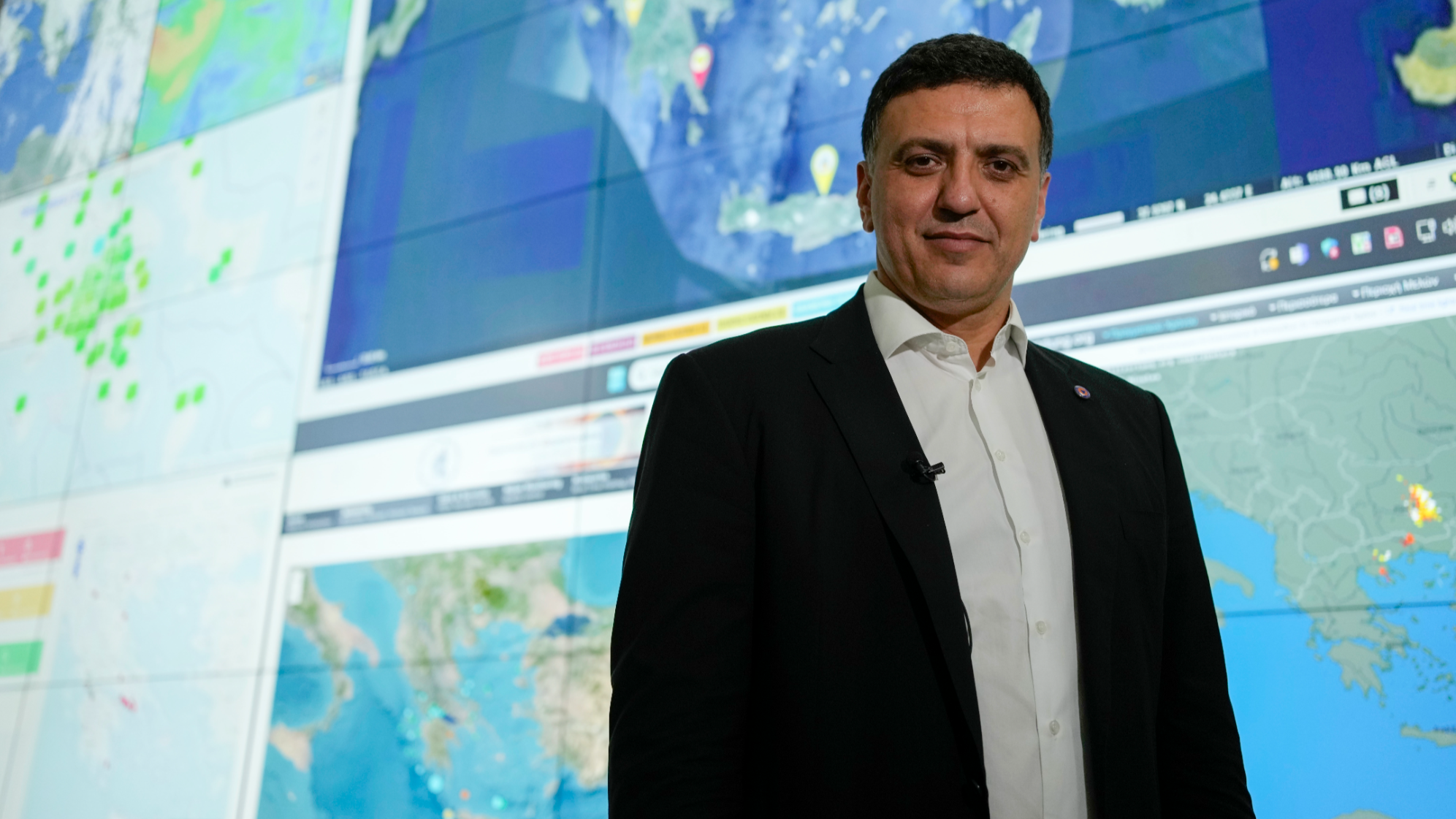
ATHENS - Greece will soon set up an evacuation port on the island of Santorini to facilitate the safe escape of people in case a bigger quake hits the popular tourist destination, a Greek minister said on Monday.
Santorini, a volcanic island in the Aegean Sea, has been shaken by tens of thousands of mild quakes since late January, forcing thousands of people to flee, and authorities to ban construction activity, and shut schools and nearby islands.
No major damage has been reported but scientists have said the seismic activity was unprecedented even in a quake-prone country like Greece and have not ruled out bigger tremors.
READ MORE: Greece declares state of emergency on Santorini following quakes
They have identified the main ferry port at the foot of a precipitous slope and other sites across Santorini as weak links, although they have not said they cannot be used in an emergency situation.
Civil Protection Minister Vassilis Kikilias said Greece will build an evacuation port for the safe docking of passenger ferries until a new port infrastructure is in place.
"Along with the new port in Santorini which is being prepared, there was a decision for setting up an escape port on the part of the island where passenger ferries would be able to dock in an emergency," he said in an interview with Greek ANT1 television.
Although the tremors lessened over the weekend, local authorities extended emergency measures for a third week on Sunday and reiterated calls for people to stay away from coastal areas and steep hillsides prone to landslides.
"This story is not over," Costas Papazachos, a seismology professor, and a spokesperson for the Santorini quakes told public broadcaster ERT.
READ MORE: Evacuation of Greece's Santorini island continues as tremors persist
"Both authorities and habitants should get used to a rather unpleasant situation for some time, it could be another two, three months."
Santorini took its current shape following one of the largest volcanic eruptions in history, around 1600 BC.
Seismologists have said the latest seismic activity, the result of moving tectonic plates and magma, has pushed subsurface layers of the island upwards.


